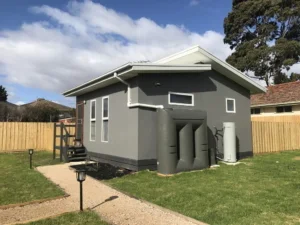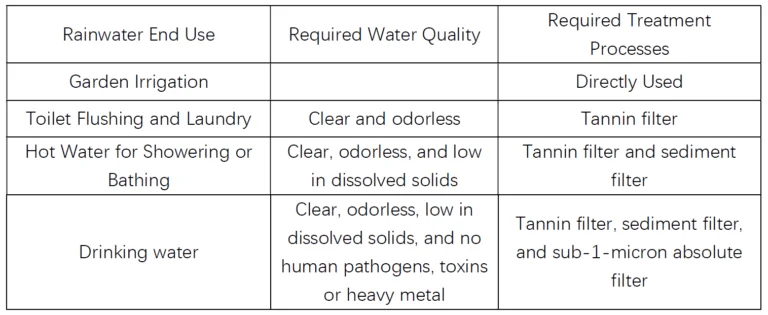Rainwater Harvesting at Home
How can rainwater harvesting benefit my home?
More and more people show interest in water harvesting to reduce water usage in their homes. Simple water harvesting technologies applied at homes are harvesting rainwater and reusing wastewater. Wastewater includes grey and black water. Greywater represents wastewater from showering, bathing, cooking, washing dishes and clothes, and black water is the wastewater from toilets. Considering the viability and local authority regulations, applying rainwater harvesting at home is the easiest way to reduce main water usage.

Benefits
Live in a 6-star energy rating homes — In Victoria, it’s regulated that all new homes and extensions should achieve a 6 Star Energy Rating. New homes require to install either solar hot water system or rainwater tank for toilet flushing.
Easy to get — For Australia, one of the driest lands in the world, rainwater is an ideal, valuable resource to alleviate water shortage.
Reduce your water bill — By collecting stormwater from the roof and storing in a tank, rainwater can be a supplementary source to mains water. Using rainwater to water the garden or flush the toilets can reduce the mains water usage and the overall water bill.
Usage of collected rainwater
As a pure natural water resource, rainwater can be an alternative supply for households. Expect for irrigating garden and flushing the toilets, rainwater can even meet all other water consumption requirements such as laundry, showering, cooking and drinking when treated properly.
But different end use has different requirements for water quality. Here is the brief introduction on what’s the basic treatment requirements for different end use.

As we can see from the table, from watering the garden to drinking water, required rainwater harvesting system is more complex, and the initial cost is higher correspondingly. In addition, the state and territory health department recommends using municipal water supply for drinking and cooking. Since municipal water supply is treated by multiple treatment processes in treatment plants, it is guaranteed safe and has a higher quality.
For more information about sustainable home design, click here.
Written by Ming Yang. Last updated: 11 October 2018.
